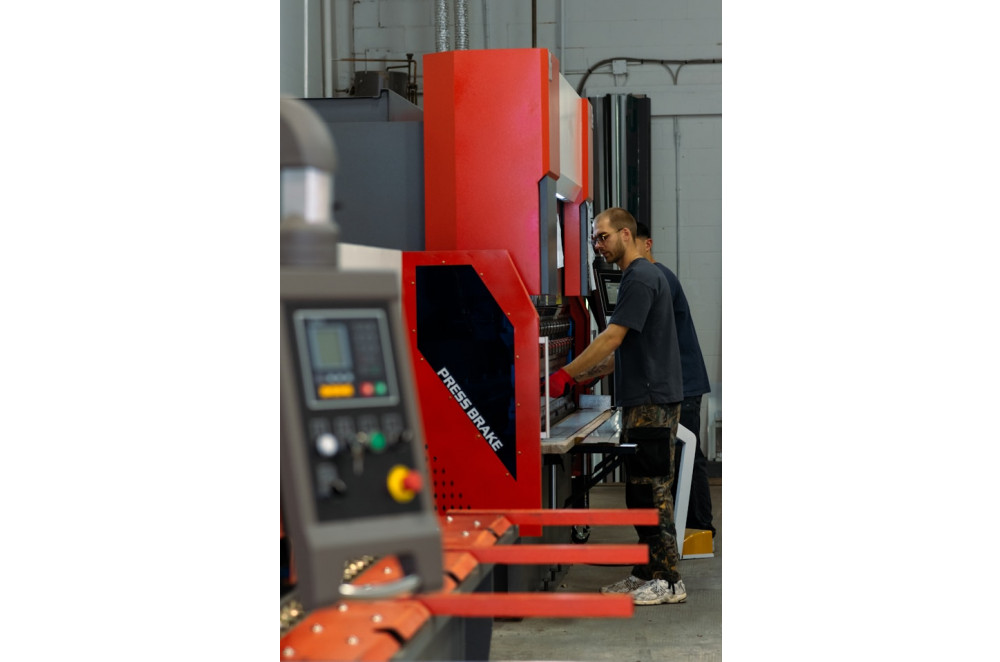Optimizing Manufacturing Process Control with Real-Time Monitoring Software
Process control is a critical aspect of manufacturing, ensuring that production processes are consistent, efficient, and produce high-quality products. Real-time monitoring software plays a pivotal role in maintaining and optimizing process control. Here’s an exploration of its importance and the ways it enhances manufacturing operations.
Optimizing Manufacturing Process Control with Real-Time Monitoring Software
Importance of Process Control in Manufacturing
1. Consistency and Quality
- Maintaining Standards: Process control ensures that each product meets the required specifications and quality standards, minimizing variability and defects.
- Customer Satisfaction: Consistent quality leads to higher customer satisfaction and loyalty, which is crucial for maintaining a competitive edge.
2. Efficiency and Productivity
- Optimized Processes: Effective process control helps streamline production processes, reducing waste and improving resource utilization.
- Cost Reduction: By minimizing errors and defects, process control reduces rework and scrap, thereby lowering production costs.
3. Compliance and Traceability
- Regulatory Compliance: Process control ensures adherence to industry regulations and standards, which is critical for compliance in sectors like pharmaceuticals, automotive, and food production.
- Traceability: Detailed process control records provide traceability, essential for audits and quality assurance.
How Real-Time Monitoring Software Enhances Process Control
1. Continuous Data Collection and Analysis
Benefit:
- Real-Time Insights: Real-time monitoring software continuously collects and analyzes data from various production processes, providing immediate insights into operational performance.
How It Helps:
- Instant Feedback: Operators and managers receive instant feedback on process performance, enabling quick adjustments to maintain consistency and quality.
- Trend Analysis: Continuous data collection allows for the analysis of trends and patterns, identifying potential issues before they become significant problems.
Example: A study by McKinsey & Company found that manufacturers using real-time monitoring experienced a 15-20% increase in overall equipment effectiveness (OEE) by quickly identifying and addressing process deviations (Deloitte United States).
2. Predictive Maintenance
Benefit:
- Proactive Maintenance: Predictive analytics, supported by real-time monitoring, anticipate equipment failures, allowing for scheduled maintenance before breakdowns occur.
How It Helps:
- Reduced Downtime: By preventing unexpected equipment failures, predictive maintenance reduces downtime and maintains consistent production flow.
- Extended Equipment Life: Regular, proactive maintenance extends the lifespan of machinery, ensuring long-term operational efficiency.
Example: General Electric (GE) reported that implementing predictive maintenance using real-time data analytics reduced maintenance costs by 25% and downtime by 30% (Gartner).
3. Quality Assurance
Benefit:
- Consistent Quality: Real-time monitoring ensures that production processes adhere to quality standards, reducing defects and ensuring consistent product quality.
How It Helps:
- Immediate Corrections: Real-time alerts notify operators of any deviations from quality standards, allowing for immediate corrective actions.
- Root Cause Analysis: Data from real-time monitoring helps identify the root causes of quality issues, facilitating long-term solutions and continuous improvement.
Example: A consumer electronics manufacturer reduced its defect rate by 15% by using real-time monitoring to maintain strict quality control throughout the production process (Manufacturing Today).
4. Efficiency Optimization
Benefit:
- Streamlined Operations: Real-time monitoring software identifies inefficiencies and bottlenecks in production processes, enabling optimization and improved productivity.
How It Helps:
- Resource Utilization: Data-driven insights help optimize the use of resources, including materials, labor, and machinery.
- Process Adjustments: Continuous monitoring allows for dynamic adjustments to processes, ensuring they run at optimal efficiency.
Example: A food processing plant improved its production efficiency by 20% by implementing real-time monitoring software to optimize machine settings and workflow (Advanced Technology Services).
5. Regulatory Compliance and Traceability
Benefit:
- Compliance: Real-time monitoring ensures that manufacturing processes comply with industry regulations and standards, essential for legal and quality assurance purposes.
How It Helps:
- Automated Reporting: The software generates automated compliance reports, reducing the time and effort required for manual documentation.
- Detailed Records: Comprehensive data collection provides detailed records for traceability, essential for audits and investigations.
Example: A pharmaceutical company improved compliance and audit readiness by 50% using automated documentation and traceability features provided by real-time monitoring software (RSM US).
Conclusion
Real-time monitoring software is essential for optimizing manufacturing process control. It enhances consistency and quality, reduces downtime, ensures regulatory compliance, and improves overall efficiency. By leveraging the capabilities of real-time monitoring, manufacturers can maintain high standards, streamline operations, and achieve significant cost savings. Embracing this technology is a strategic move towards smarter, more efficient manufacturing.
For further insights and detailed case studies, manufacturers can refer to industry reports from McKinsey & Company, General Electric (GE), and other reputable sources.
Interested in digital transformation? Let's discuss!
